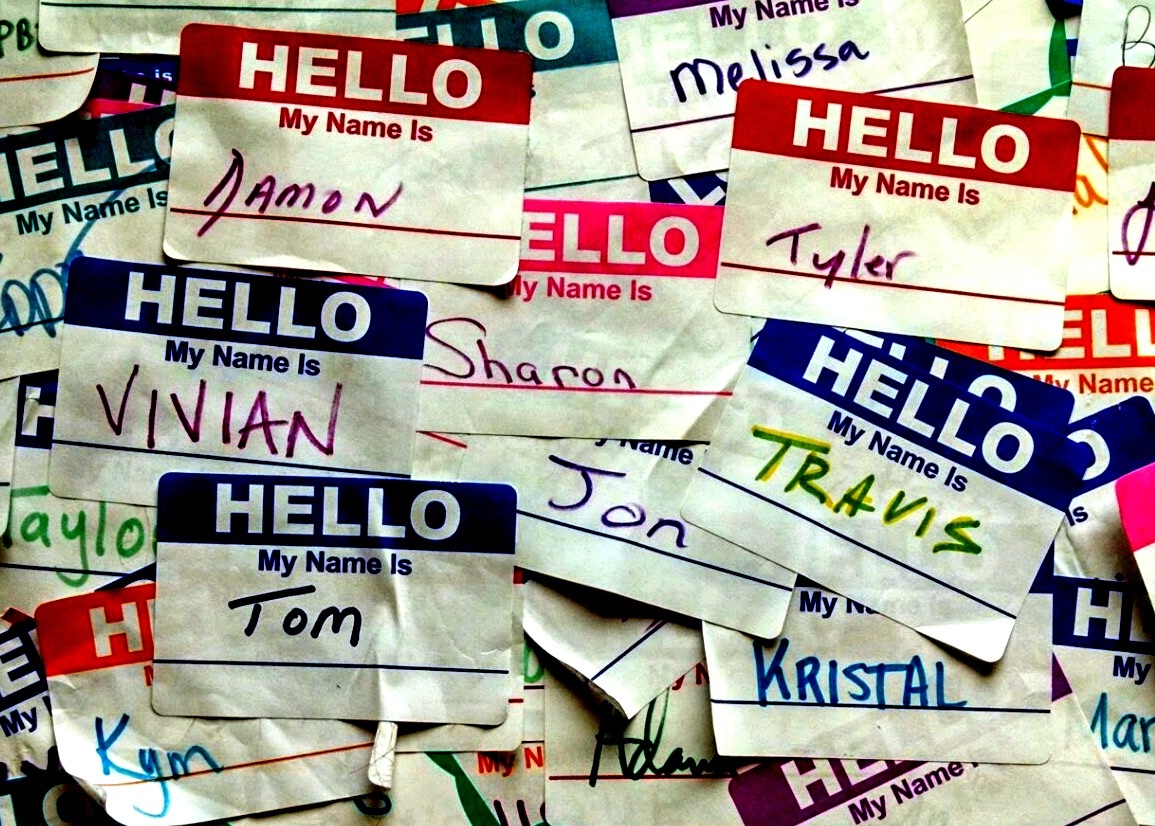Sign up for The Media Today, CJR’s daily newsletter.
This week, we were going to talk about name-calling, but there’s already too much of that going on. Between the mayor of London being called a “popinjay” (a strutting supercilious person), and the President of the United States supposedly using vulgar language to describe some countries (go find your own links and definitions), and everything between, we’re sick of name-calling.
Besides, today begins National No-Name-Calling Week, an event intended for students, though some adults we know could certainly gain by participating. (To our knowledge, no declaration for this event has been signed by the White House.)
RELATED: Naming rights
Instead, we’re going to talk about name-calling of a different sort.
If you name a restaurant after yourself, as we’ve written, the restaurant’s name is an “eponym,” though in more modern interpretations you or the restaurant can be the “eponym.”
That “nym” suffix simply means “name,” and affixing it to any sorts of roots creates many kinds of names. (“Nym” is usually preceded by an “o,” but not always.)
In grammar, we have “synonyms,” words that can substitute for another, using the prefix “syn,” which means “similar” or “alike.” The prefix takes on another life as a combining form of “synthetic,” as in “synfuel,” which is a substitute for a natural fuel. The yin to “synonym’s” yang, of course, is “antonym,” with the opposite meaning.
We also have “homonyms,” which literally means “the same word.” A “homophone” is a word pronounced the same as another word but spelled differently, like “red” the color and “read,” the past tense of a verb. If the word is spelled the same but pronounced differently, it’s a “homograph” (“read” present tense and “read” past tense). Strictly speaking, a “homonym” is a spelling shared by two words that are also pronounced the same, like the “scale” you weigh yourself on and the “scale” that covers fish. But many people recognize all three types of “homo” words as “homonyms.”
TRENDING: As an industry rots, Michael Wolff laughs his way to the bank
Another familiar word is “acronym,” a word formed from the first initials of other words, like “scuba” (self-contained underwater breathing apparatus) or NATO (North Atlantic Treaty Organization). As we’ve written, an “acronym” is not the same as an “initialism,” where the individual letters are spoken (FBI), but it’s the middle of winter, so do what you want.
Now, a few less familiar ones.
In the “tautonym,” two identical words are put together to form one, like “tutu” or “bye-bye.” (The “taut” is for “redundant”— think “tautology.”) An “autonym” is a word that is self-descriptive. It could indicate your real name (as opposed to a “pseudonym”), or it could mean a word that describes what it is: “Noun,” for example, is a noun, and “polysyllabic” has many syllables.
Another self-descriptive name is “aptronym,” which was apparently coined by the writer Franklin P. Adams of the Algonquin Round Table. An “aptronym” is a surname that’s appropriate for someone. We’ve known a physician by the last name of Doctor, a treasurer whose last name was Cash, and a military man whose last name was Major. Those are all “aptronyms.” You won’t find it in dictionaries, but it is a word, sometimes spelled “aptonym” or “euonym,” though that last isn’t as “apt.”
You can also be called by a “demonym.” It’s not an insult; it’s the place you’re from. Most “demonyms” are formed using a suffix like “er” (New Yorker), “an” (Haitian), a simple “n” (African or American), or “ian” (Cameroonian), but a few are harder to figure out. People from Barbados are “Bajans,” and those from Manchester, England, are “Mancunian.”
The “dem” in “demonym” is from “demos,” the common people of ancient Greece. It is also the root of “democracy,” where name-calling has no place.
ICYMI: Ashley Feinberg trolls for all the right reasons
Has America ever needed a media defender more than now? Help us by joining CJR today.



